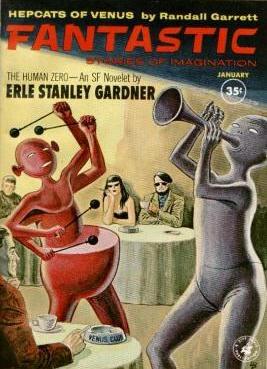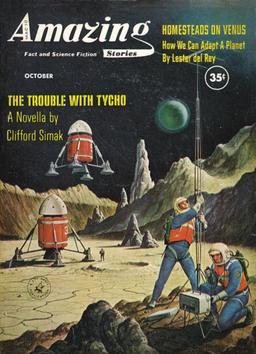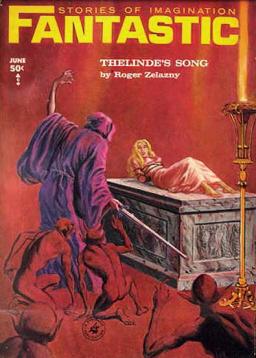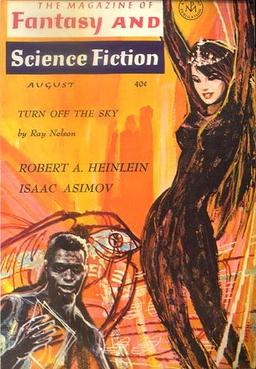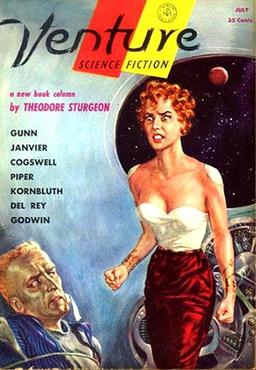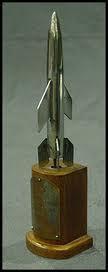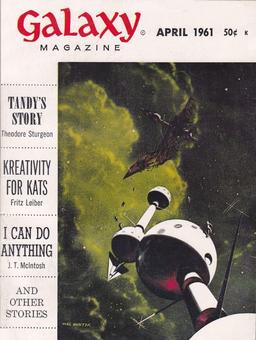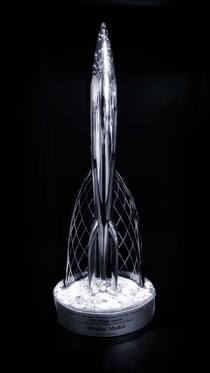Amazing Science Fiction Stories, October 1959: A Retro-Review
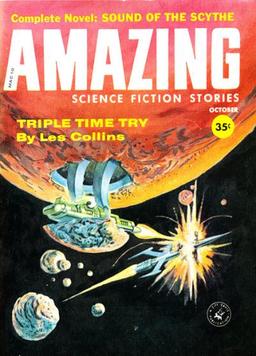 Here’s an issue from the first year of Cele Goldsmith’s tenure, and a significant month for me – I was born October 5, 1959. It has an interesting mix of authors – the first (and arguably only) SF novel by a Grand Master, a fine early story by one of my personal favorite writers in the field, and four stories by obscure names (though one of those at least is a pseudonym for a fairly well-known writer).
Here’s an issue from the first year of Cele Goldsmith’s tenure, and a significant month for me – I was born October 5, 1959. It has an interesting mix of authors – the first (and arguably only) SF novel by a Grand Master, a fine early story by one of my personal favorite writers in the field, and four stories by obscure names (though one of those at least is a pseudonym for a fairly well-known writer).
The cover is by Leo Summers, and depicts some sort of anti-spaceship installation hidden in a small asteroid, firing on a spaceship. Interiors are by Summers and Finlay (with one uncredited). There is a cartoon by “Frosty.”
Norman Lobsenz contributes his usual brief editorial, this one referring to Eric Frank Russell’s attack on astronomy as an “inexact science.” S. E. Cotts’ book review column, The Spectroscope, was at this time only allotted two pages. The reviews are of George O. Smith’s The Fourth R (fairly positive), Brian Aldiss’ collection No Time Like Tomorrow (very positive), and Jeff Sutton’s Bombs in Orbit (mistitled, amusingly, Bombos in Orbit in the review), not too positively.
The letter column, “… Or So You Say”, has mostly short letters, with only one name I recognized (Paul Zimmer, Marion Zimmer Bradley’s brother). The other letter writers are Edward J. Lynch (liked Silverberg’s “Collision Course”), Paul Shingleton (hated “Collision Course”, even though Bob S. is his favorite author), W. C. Brandt (loved “Collision Course”), Zimmer (seemed snarky about Doc Smith though it’s hard to say), Dave Boyer (loved stories by Sheckley and Douglas), David Locke (hated Doc Smith), Clark Peterson (is in favor of book length novels in the magazine), and Harry Thomas (defending Doc Smith from his detractors). Those who know fandom better than I remember David Locke particularly, as an active fan and letter writer, and also Shingleton and Brandt.
